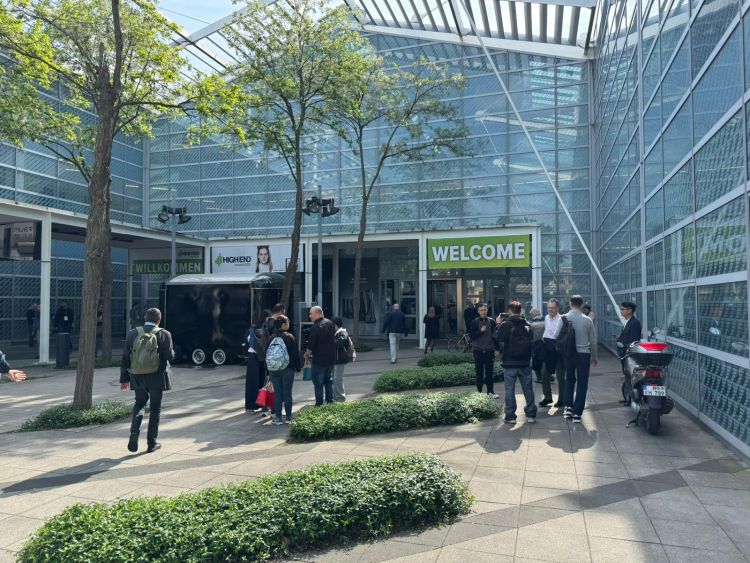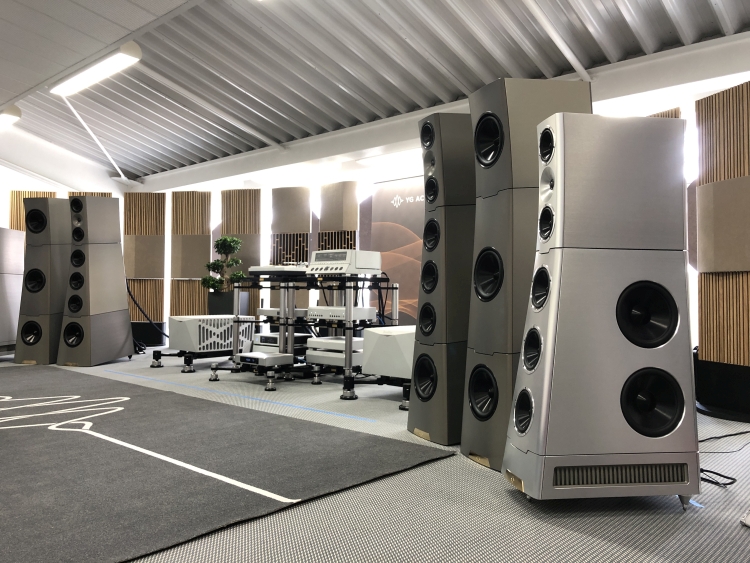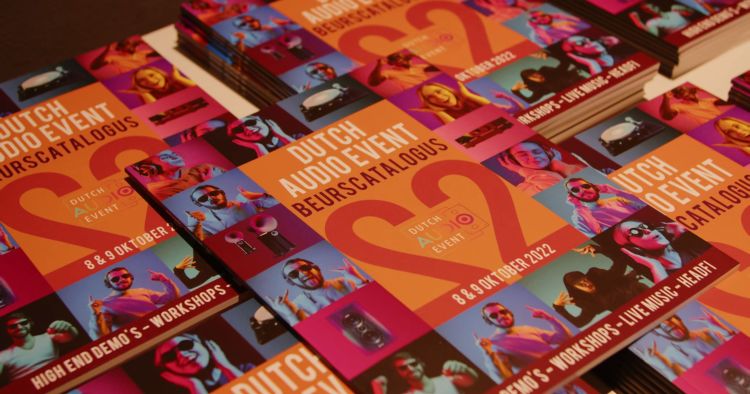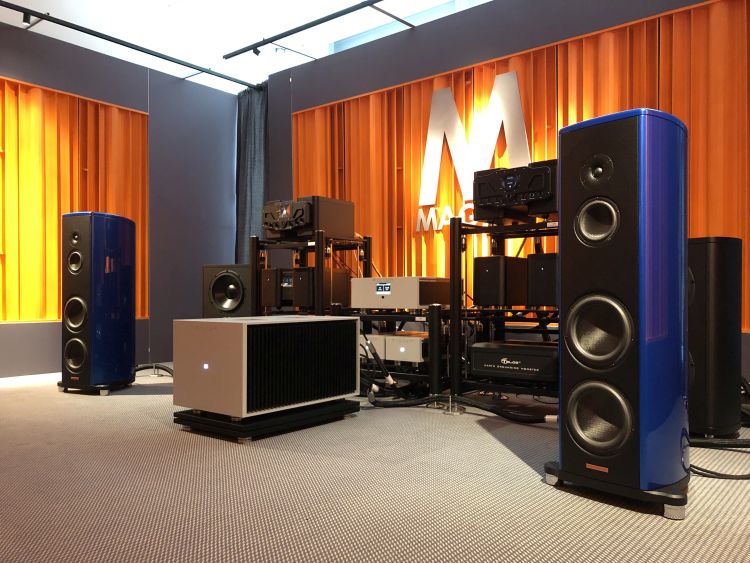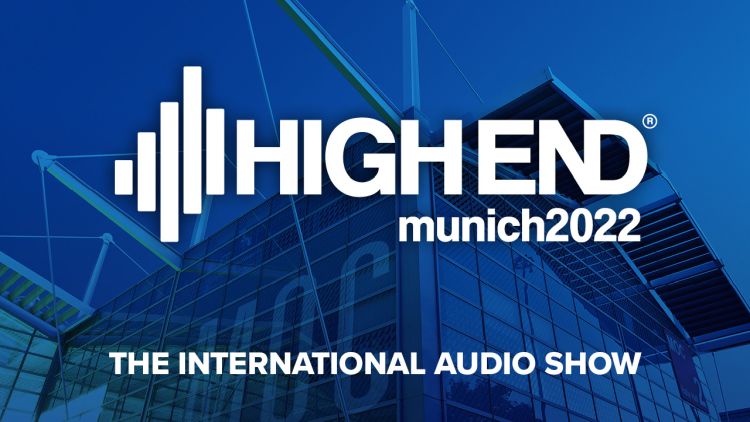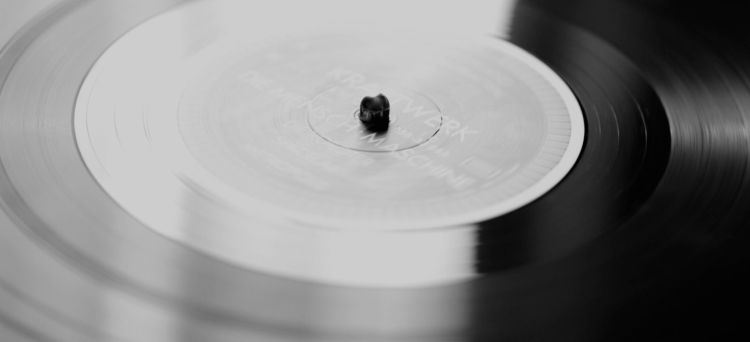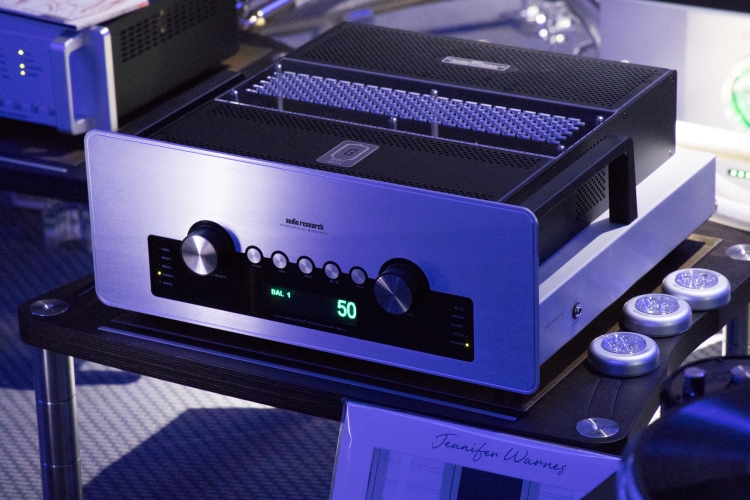
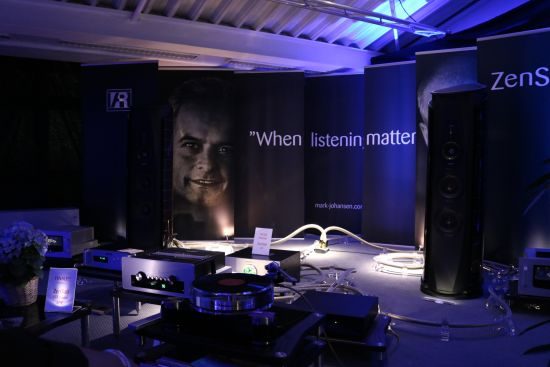
In this big and mysteriously-lighted room, Audio Research amplifiers were demonstrated with Sonus Faber with all the equipment spread out over the floor. The sound with the ARC Reference 160 monos was smooth and relaxed with a high level of transparency and sophistication but also a slight lack of midbass punch.
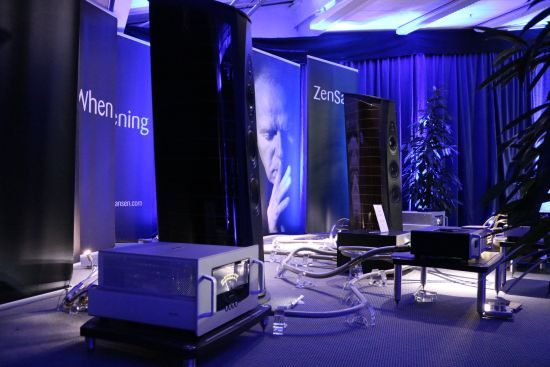
ARC Ref 160M. If only they would issue a stereo version… (hint: more info further below:-)
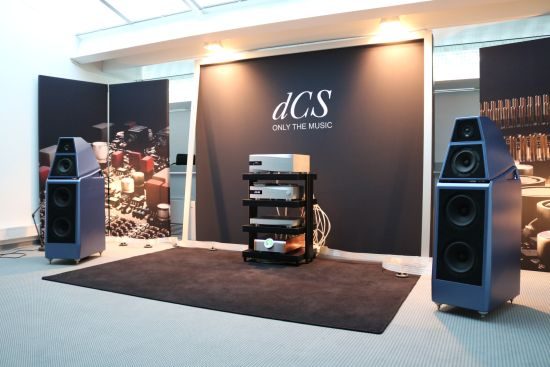
Wilson Sascha DAW with dCS – a sound familiar to these ears: still mostly retaining the classic Wilson traits yet more refined and a lot more transparent and coherent than ever before.
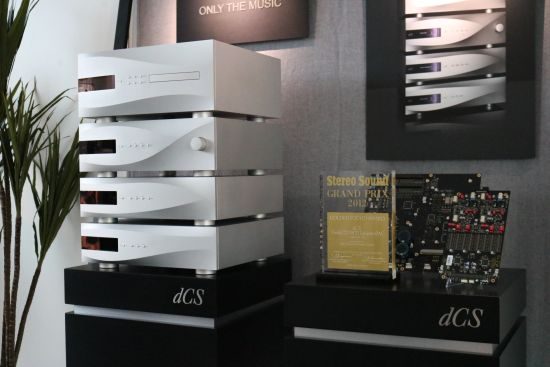
dCS now supports MQA with all their products. For products that did not support it at the time of purchase, dCS released a software update that provides this compatibility.
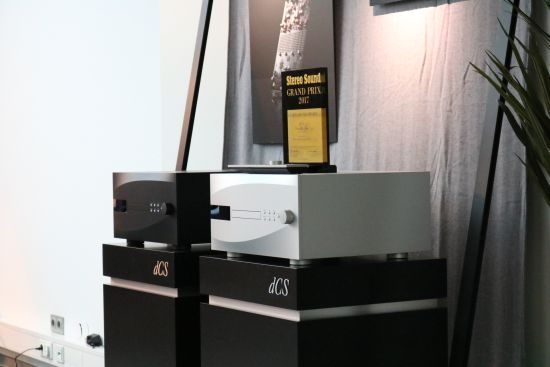
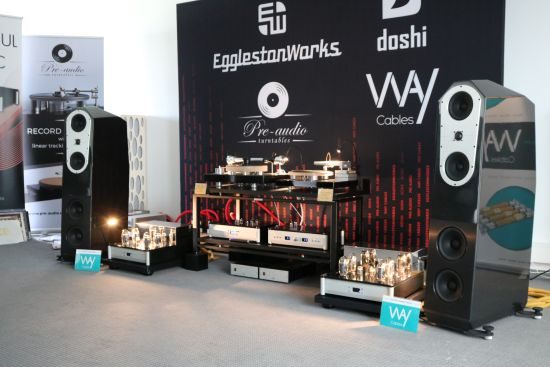
The Eggleston Works speakers with Doshi electronics produced a beefy and punchy, very solid sound. Such was the dynamic impact that I felt it a bit much after a few tracks but it was certainly very engaging and possessing of a live-music like character.
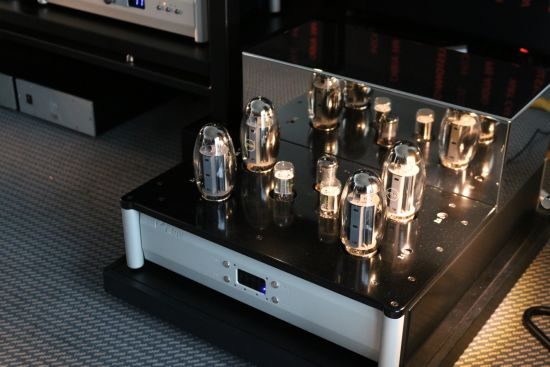
Doshi power amp with KT-150’s.
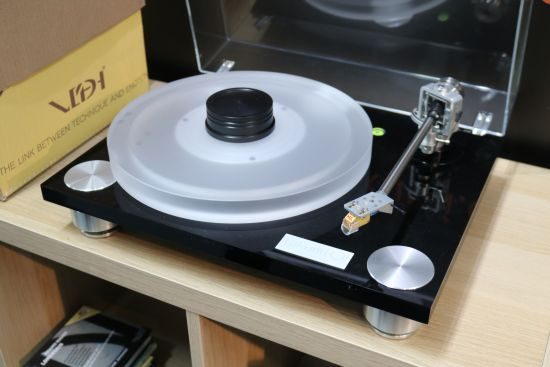
It was my intention to speak with Aalt Jouk but he was taking his time talking with people with an actual line cueing up for this. Then, I was almost pulled into the room by a very enthusiastic Rik Stoet who shared the display space with van den Hul. He very much wanted to show me his new turntable: the Takumi level 2.1.
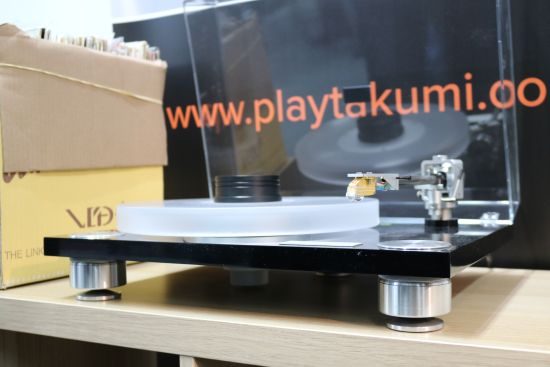
This turntable is ready for playing music for only 995 euro! Ok, that does not include the pictured vDH cartridge but it does include an Ortofon 2Mred.
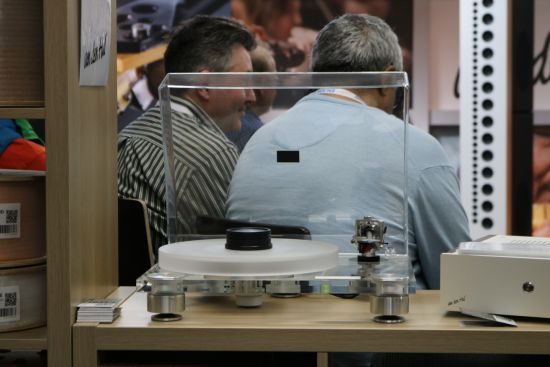
Also available built from transparent acryl. If interested, keep an eye on the HFA front page as I will be reviewing one shortly.
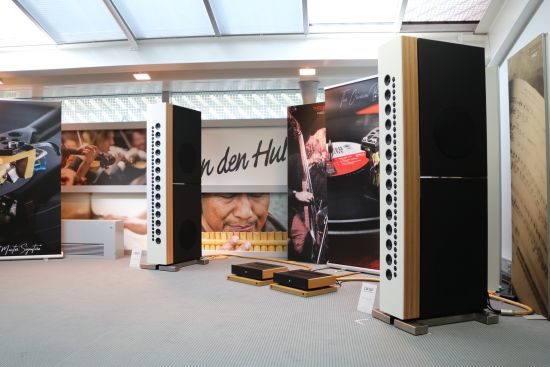
Very impressive Credo Cinema LTM speakers in the van den Hul room. Although they were playing at background music levels only and I’ve not done any critical listening in this room, their natural and unforced delivery stood out from the sometimes very shouty presentations elsewhere on the show.
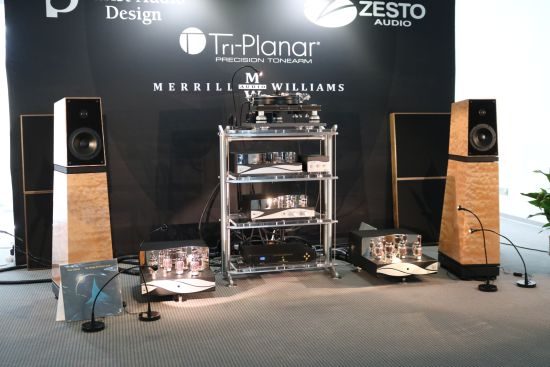
Zesto Eros 300 Monoblocks, Merrill-Williams REAL 101.3 Turntable, Verity Amadis S Speakers, Purist Audio Cables with a Stillpoints Rack and component Feet. This system sounded direct and lively yet also smooth and liquid. Given my earlier experiences with the brand, I have a feeling that the Zesto amps have a large hand in this.
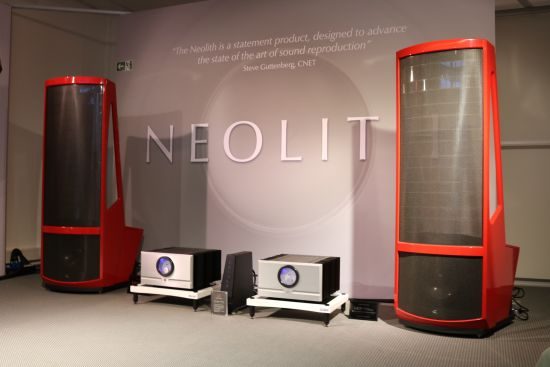
It’s strange – I’ve reviewed the ESL11A and ESL15A and absolutely loved them but on all occasions that I heard the Neoliths, contrary to what their massive cabinets suggest, they sounded thin, forward and extremely bright to me. Last time I heard them they were combined with huge Audio Research monos but if they sound like this even with these Pass Labs power amps then I fear that this must be how these speakers are tuned.
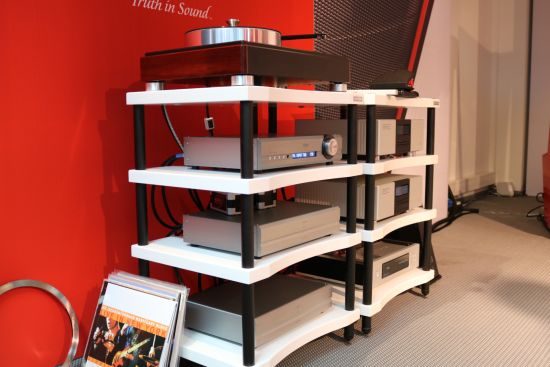
The rest of the system consisted of Pass Labs phono stage and pre-amplification, Aurender server, EMM labs DAC. and a turntable that I forgot to note the brand of.
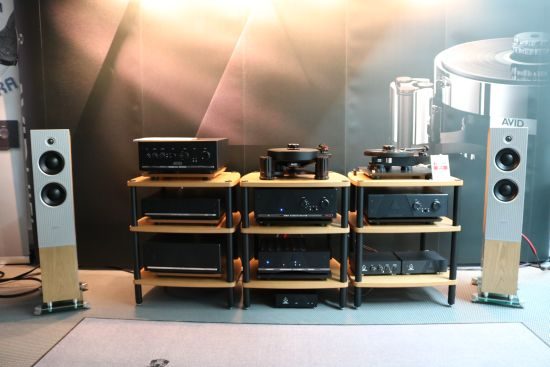
For a year or two, Avid has been a manufacturer of turn-key solutions. In addition to their now famous turntables and phono stages they also offer pre- and power amps and speakers.
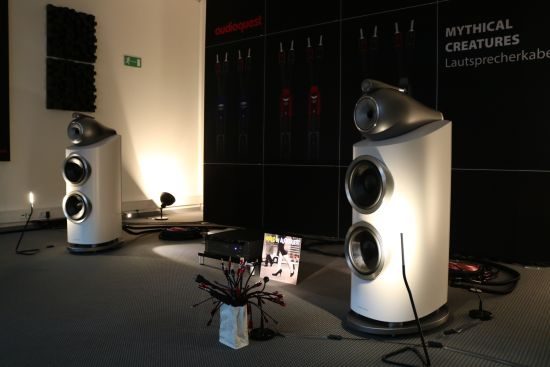
B&W 800 D3 with MolaMola – indeed, the speakers don’t sound the same after the company changed ownership but I have to say that I can certainly appreciate the new direction that takes them closer to the Magico and YG presentation.
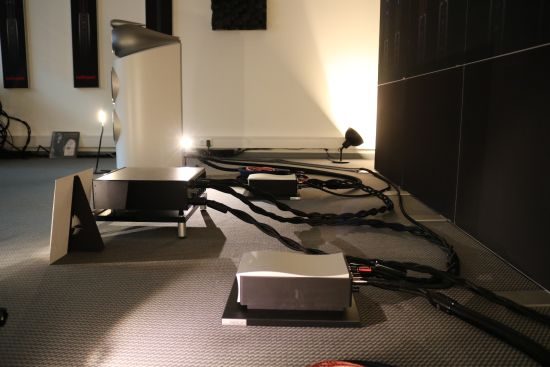
MolaMola Kaluga monos and Makua preamp
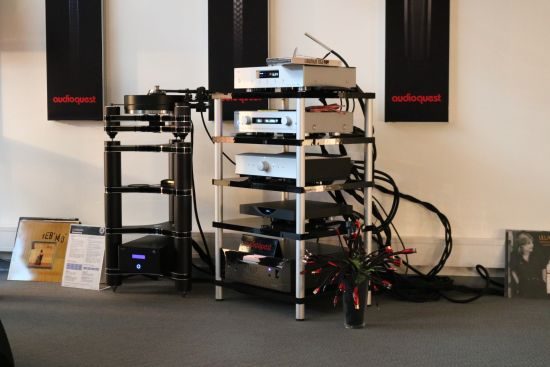
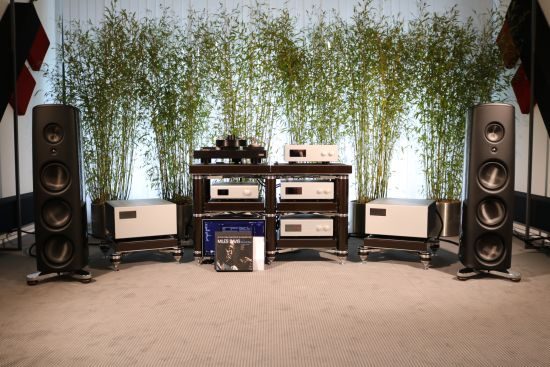
Magico M6 with Soulution – I liked this sound a lot! Yes, you have to appreciate the super-clean and transparent Magico delivery but it has to be said: when the recording is great, the sound is also truly great. These speakers are as pure and transparent as they come yet they have a certain warmth that arguably makes the M range more appealing than the Q range.
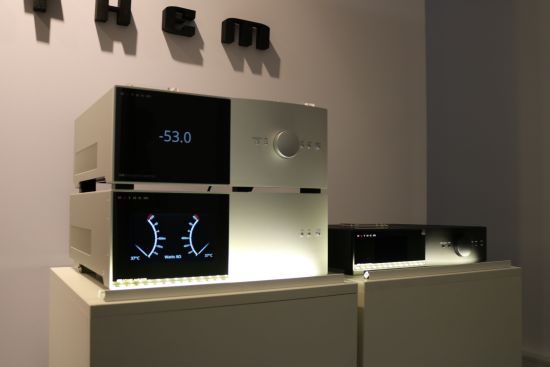
Anthem STR range of products – I quite like the new looks!
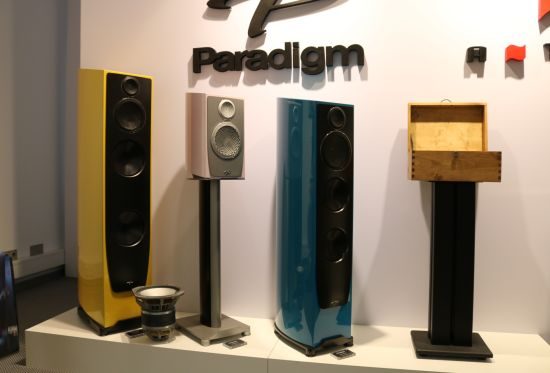
New Paradigm Persona range
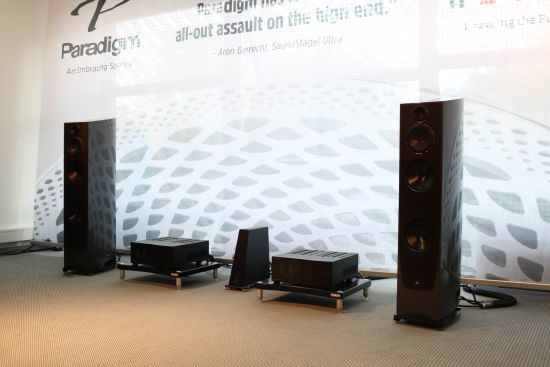
The Paradigm Persona 7F speakers sounded super clean, uncolored, dynamic, fast and very transparent. While not exactly cheap at approx 24K, they do seem to be interesting competition for dearer models from Magico and YG.
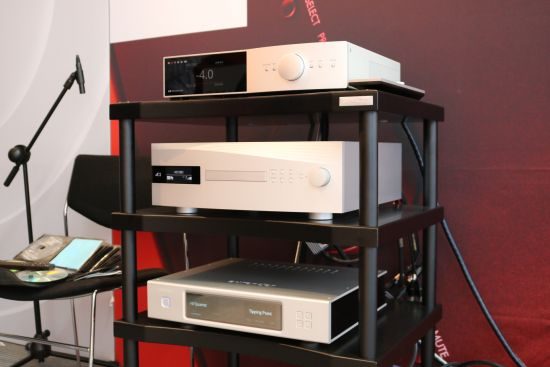
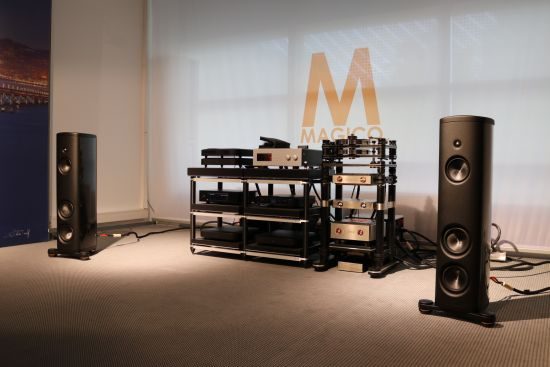
Another Magico setup, this time with the M2 – a much smaller speaker than the M6 with similar characteristics albeit not as sonorous as the big ones. As these smaller speakers have less voluptuous / less deep bass, their delivery can verge to leanness or dryness more quickly than the big models, if this is in the recording, whereas the M6’s seem to be more forgiving. Still, if I could afford them, I’d sign up for a pair!
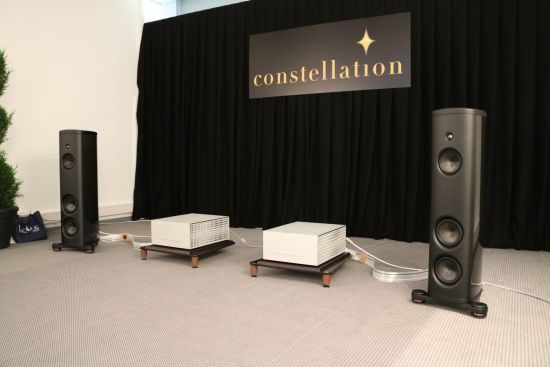
In a different room, the same Magico M2’s now behaved quite differently and definitely less similar to the M6’s: very transparent and ethereal but also cleaner, thinner, and seemingly a little restrained dynamically. Maybe it was the music selection or the choice of cables but, based on what I heard at this show, I have a feeling that I just personally prefer the Soulution system.
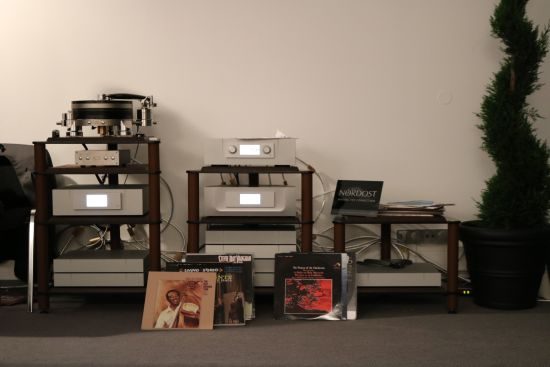
Part 1 – Part 2 – Part 3 – Part 4 – Part 5
